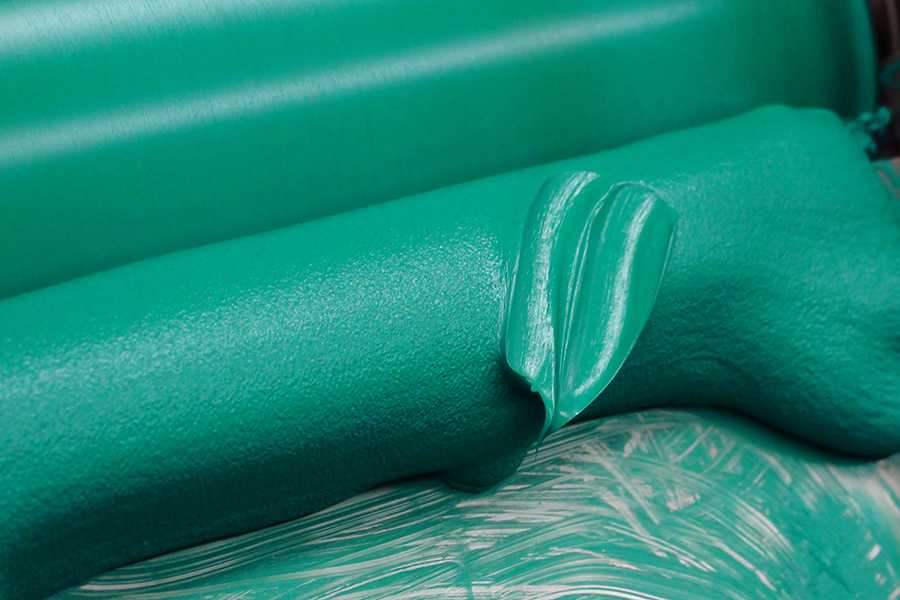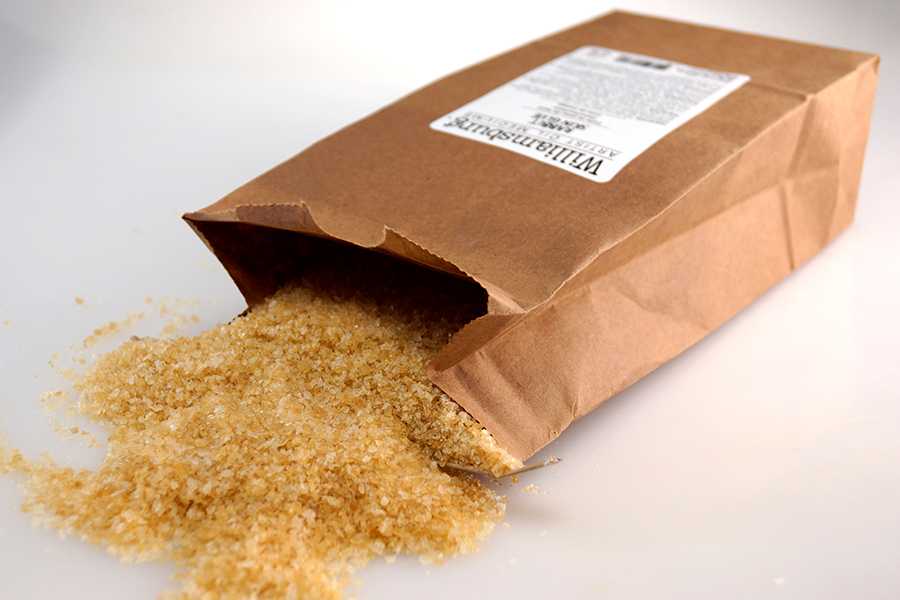
Titanium Oil Ground and Lead Oil Ground are made with pigment, marble dust and alkali refined linseed oil, used to prepare a surface for oil painting. Both dry to a slightly absorbent and satin finish. Separation can occur due to settling, making it necessary to stir to an even consistency before use. For best results, allow oil ground to dry in a well-lit environment.
SUPPLIES NEEDED:
- Oil Ground
- Paint can opener or screwdriver
- Palette knife to stir before use
- Natural bristle brush
- Trowel or off-set spatula
- Rigid support or properly sized canvas
- Solvent – optional (odorless mineral spirits, mineral spirits or turpentine)
SIZING CANVAS OR LINEN:
If working on raw canvas or linen, be sure to size the fabric prior to applying oil ground with two coats of rabbit skin glue or three coats of GOLDEN Gesso. This will prevent oil from penetrating and degrading the natural fibers of the substrate. Allow rabbit skin glue to dry overnight and gesso to dry for three days before applying the oil ground.
THINNING (optional):
Oil grounds can be thinned with solvent if desired.
Thin five parts oil ground to 1-2 parts solvent and adjust as needed.
BRUSHING ONTO CANVAS OR LINEN:
- Use a flat, bristle brush to scrub a thinned mixture of the oil ground into the weave of the canvas or linen to achieve full coverage.
- Once the canvas has been fully covered, scrape the surface with a palette knife or trowel to remove any excess material.
- If necessary, use a soft brush, damp with solvent to smooth the scraped oil ground to minimize any tool marks. Dampen the brush with solvent only if the oil ground was thinned with solvent before application, otherwise use a dry brush.
- Once the first coat has dried to the touch, 1-2 days is typical, apply a second coat in a similar manner to the first.
- Allow second coat to fully dry before painting, 1-2 weeks are recommended.
BRUSHING ONTO WOOD PANEL OR HARDBOARD:
- If brushing onto panel, it can be helpful to thin the oil grounds further to create a more fluid consistency.
- Typically, wood panels do not need to be sized prior to applying ground, but an even coat of rabbit skin glue or one or more coats of acrylic gesso can be applied to reduced absorbency.
- Use a broad, flat brush to apply ground evenly and thinly across the surface.
- Once the first coat has dried to the touch, 1-2 days is typical, apply a second coat in a similar manner to the first.
- Allow the second coat to fully dry before painting on top with oil paints, 1-2 weeks are recommended.
KNIFE APPLICATION:
- Use a palette knife or trowel to spread unthinned or thinned oil ground onto sized fabric or panel.
- Scrape the oil ground as thinly as possible.
- Once the first coat has dried to the touch, apply a second coat in a similar manner to the first.
- Allow the second coat to fully dry before painting on top with oil paints, 1-2 weeks are recommended.
SANDING OIL GROUNDS:
DO NOT sand Lead Oil Ground. The dust created from sanding lead products can be inhaled easily and is toxic, especially to young children. Titanium Oil Ground can be sanded if desired. Always use a respirator when sanding to avoid inhalation of particles that can cause respiratory irritation. Remove any dust particles from surface before painting.
STORAGE:
Smooth out surface of oil ground and close container tightly after use. Pre-thinned ground can be saved in an airtight container. Stir before using.


